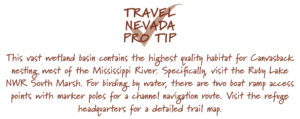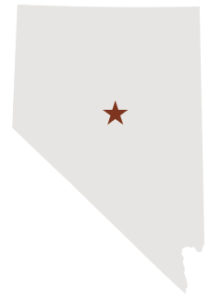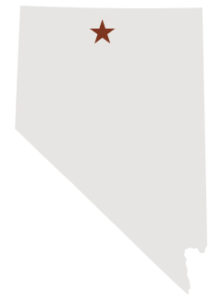Find Your Flock
Spring 2023
Six prime hotspots for watching feathered friends.
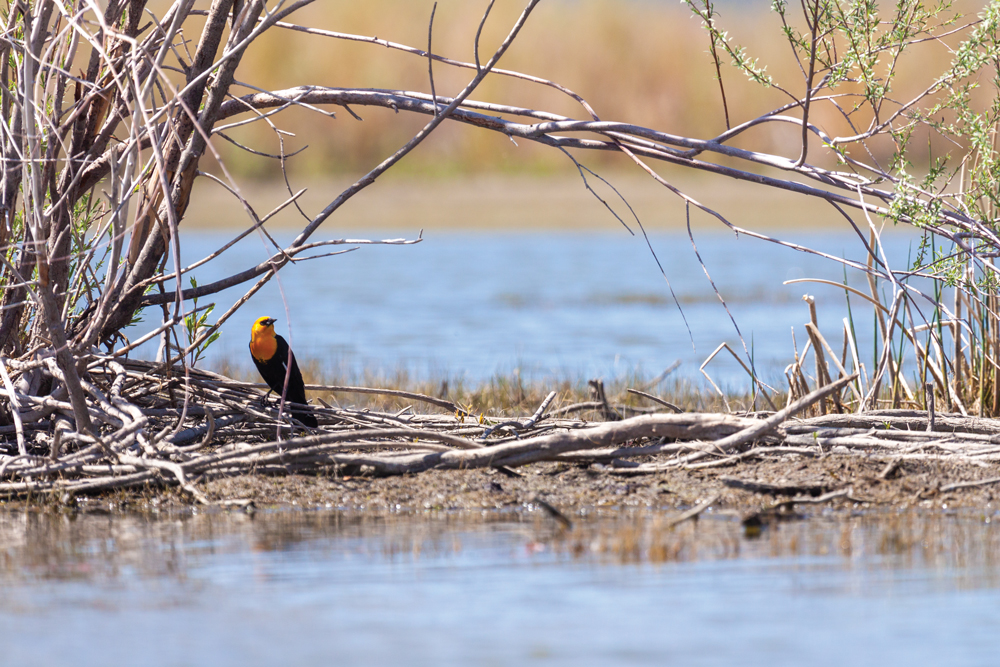
Nevada’s vast landscape holds many secrets, not the least of which is its popularity with birds. While it may come as a surprise to some, the number of recorded bird species visiting, breeding, or living in the state is a whopping 488. Hundreds of thousands of birds following the north-to-south path from Alaska to Patagonia—the Pacific Flyway—can be seen throughout the Silver State.
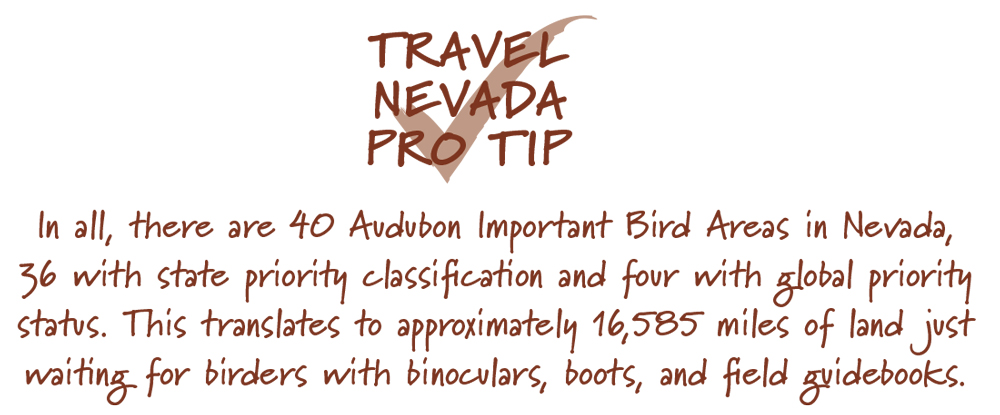
However, Nevada is rarely on a birder’s bucket list. In fact, according to the Great Basin Bird Observatory, Nevada is one of the most under-birded areas in the country. It’s time to change that.
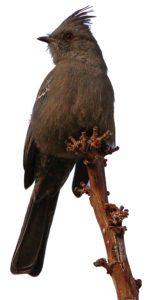
LAKE MEAD NATIONAL RECREATION AREA
Clark County is home to more than 400 recorded species, many of which reside on more than 1.5 million acres within the Lake Mead National Recreation Area. This diverse landscape includes Mojave Desert scrub, lush acacia thickets, slot canyon cliffs, 40 freshwater springs, and 950 miles of shoreline riparian habitat. It is also an Audubon-designated Important Bird Area (IBA)—a classification used to “identify, monitor, and protect the most important places for birds.”
Watch for:
• Western and Clark’s Grebes
• Lucy’s Warbler
• Phainopepla
• LeConte’s Thrasher
• Scott’s Oriole
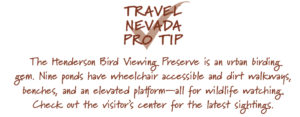
LAHONTAN VALLEY WETLANDS
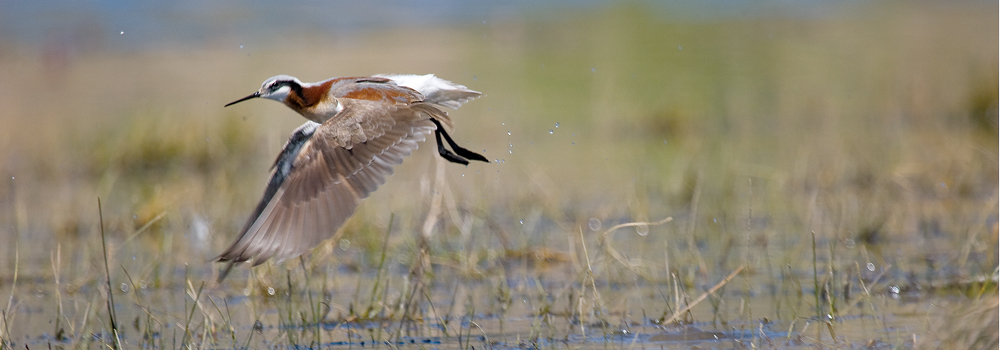
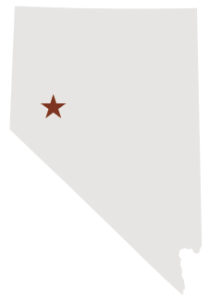 If you’re a shorebird or a waterfowl riding the Pacific Flyway over Nevada, chances are quite good that you’ll splash down somewhere in the Lahontan Valley Wetlands IBA, near Fallon. Bird numbers reach 250,000 during migration events, and the area provides vital nesting and wintering habitat.
If you’re a shorebird or a waterfowl riding the Pacific Flyway over Nevada, chances are quite good that you’ll splash down somewhere in the Lahontan Valley Wetlands IBA, near Fallon. Bird numbers reach 250,000 during migration events, and the area provides vital nesting and wintering habitat.
Watch for:
• Wilson’s Phalarope
• Baird’s and Pectoral Sandpipers
• Long-billed Curlew
• Long-billed Dowitcher
• Black-necked Stilt

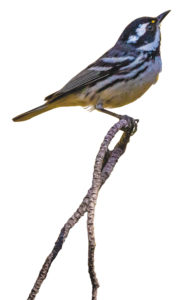
MONITOR VALLEY IBA
If embracing birding in rugged, isolated areas is your gig, then Monitor Valley IBA is your destination. Navigating this terrain requires a 4WD vehicle with high clearance, and the usual off-road travel precautions should be taken. This IBA lies in the center of the state, roughly between Austin and Tonopah. From the valley floors to the surrounding peaks, habitat diversity and protected public lands support hundreds of avian species.
Watch for:
• Sage Thrasher
• Black-throated Gray Warbler
• Gray Flycatcher
• Sagebrush Sparrow
• Red-naped Sapsucker
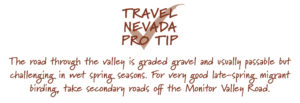
GREAT BASIN NATIONAL PARK
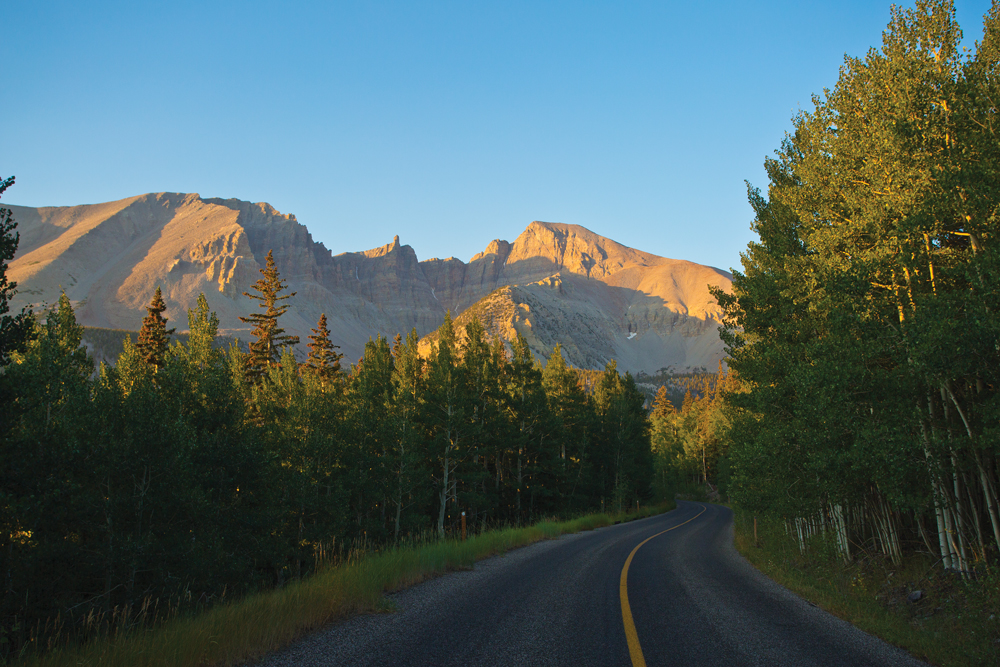
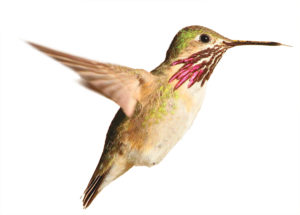
 The vastness of time and space is almost palpable in eastern Nevada’s Great Basin National Park. Mountain peaks reach beyond 13,000 feet, and a night canopy of some of the darkest skies in the continental U.S. drapes quietly overhead. With biomes ranging from subalpine forests to grasslands, the park attracts birds from as far away as South America and the Caribbean.
The vastness of time and space is almost palpable in eastern Nevada’s Great Basin National Park. Mountain peaks reach beyond 13,000 feet, and a night canopy of some of the darkest skies in the continental U.S. drapes quietly overhead. With biomes ranging from subalpine forests to grasslands, the park attracts birds from as far away as South America and the Caribbean.
Watch for:
• Calliope Hummingbird
• Red-naped Sapsucker
• Black-throated Gray, MacGillivray’s, Orange-crowned, and Wilson’s Warblers
• Yellow-breasted Chat
• Black Rosy-Finch
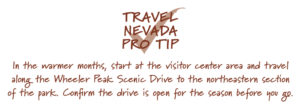
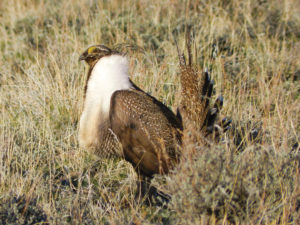
BILK CREEK–MONTANA MOUNTAINS IBA
Overlapping the Oregon border near Denio is the rugged Bilk Creek–Montana Mountains IBA. Exceeding 500,000 acres, this remote landscape is mainly sagebrush. This location supports the largest state population of sage-grouse, with one of the highest densities in the U.S. Additionally, hundreds of species migrate, breed, and reside in this IBA and the surrounding lands.
Watch for:
• Sage Thrasher
• Gray Flycatcher
• Lesser Yellowlegs
• Greater White-fronted Goose
• Swainson’s Hawk

FRANKLIN LAKE IBA & RUBY LAKE NATIONAL WILDLIFE REFUGE
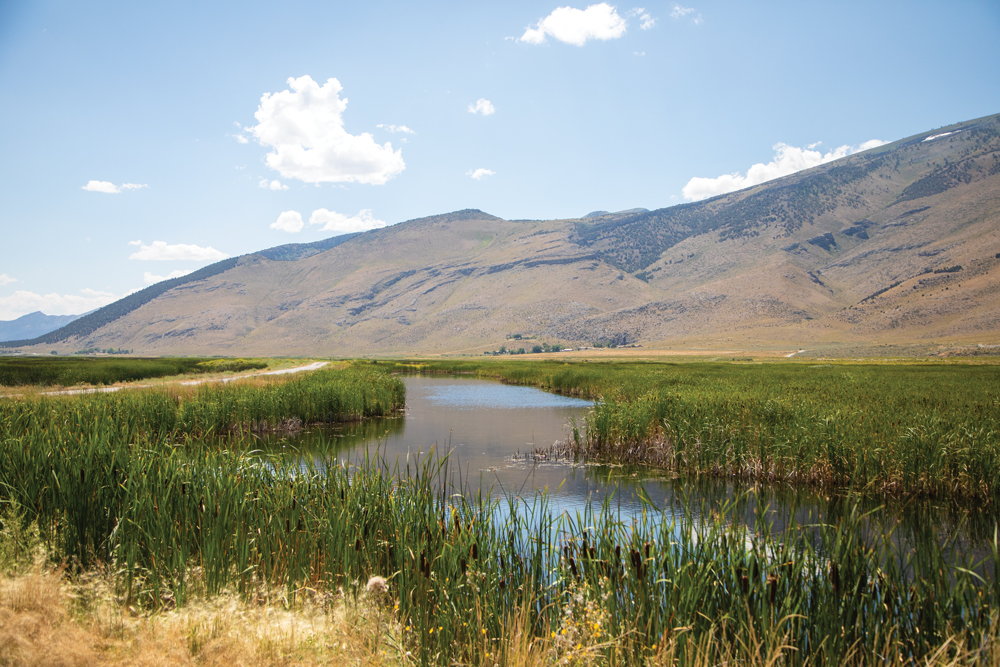
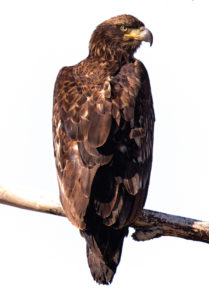
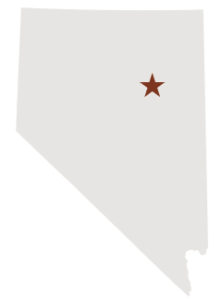 These sister locations of marshes, islands, riparian habitat, meadows, grasslands, and shrub-steppe sit at 6,000 feet and include more than 200 pristine springs. Fifteen thousand acres of seasonal wetlands in the Franklin Lake IBA and 37,632 acres within Ruby Lake NWR are five miles apart in northeastern Nevada.
These sister locations of marshes, islands, riparian habitat, meadows, grasslands, and shrub-steppe sit at 6,000 feet and include more than 200 pristine springs. Fifteen thousand acres of seasonal wetlands in the Franklin Lake IBA and 37,632 acres within Ruby Lake NWR are five miles apart in northeastern Nevada.
The Ruby Mountains rise to elevations of 11,000 feet, adding forested mountain slopes, canyons, and cliffs to the landscape. More than 225 bird species occupy these ecosystems throughout the year. In springtime, this area provides critical food, resting, and nesting resources for a significant population of migratory birds.
Watch for:
• White-faced Ibis
• Black, Caspian, and Forster’s Terns
• Yellow-headed Blackbird
• Violet-green Swallow
• Golden Eagle
